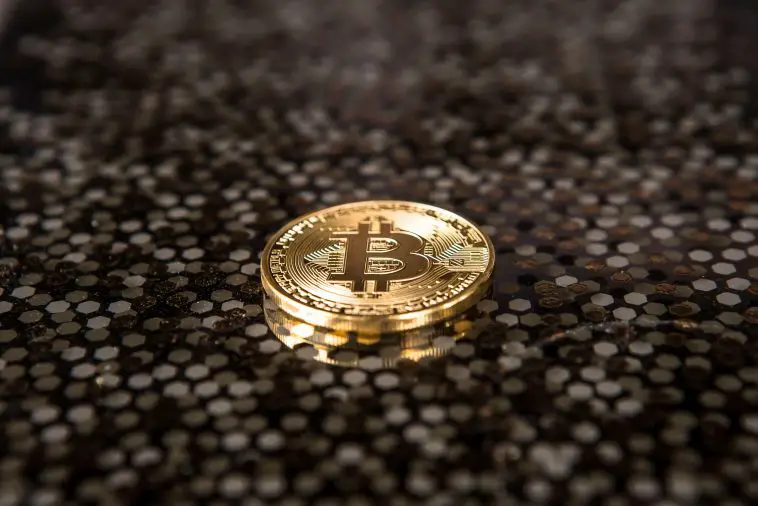In part 1 of this series we discussed various aspects of cryptocurrencies and how they compare with fiat, or everyday use currencies. We also looked at how crypto exchanges work. In this part we’ll look at two of the most fundamental aspects of cryptocurrencies – blockchains, and the difference between coins and tokens.
Understanding blockchains
As the name suggests a blockchain is a continuous cryptographic chain of data blocks. New data can be added to the chain, but old data usually cannot be modified. This means data saved inside a block is permanent and reliable. This data holds encrypted records of transactions between parties such as buyers and sellers. A blockchain is a decentralized ledger. This means there is no central data storage point. Records are stored simultaneously on hundreds or even thousands of computers worldwide. These computers are called nodes. Specified protocols govern the creation and validation of new data blocks. These protocols are defined at the time of creating the blockchain. Every time a record is added to the chain it is verified and updated on all the nodes. This is great, because there is no central database or server which could be a point of failure. One cannot hack into a node and modify the chain because the other nodes won’t allow it. This design also makes blockchains immune to local system failures and outages. Having more nodes makes a chain more secure. The Bitcoin blockchain is estimated to have in excess of 10,000 nodes, making it one of the most secure in the world. A chain employs several types of nodes to perform different functions such as coin mining and record verification. The nodes are paid small predetermined amounts for their services, usually in digital coin. This is the general architecture of most, but not all blockchains.
From blockchain to cryptocurrency
Blockchains were first invented in 2008. They solved complex problems related to the security and reliability of decentralized digital databases. Blockchains made cryptocurrencies possible. A cryptocurrency (or digital currency) is a unit of monetary value based on a blockchain. Digital currencies made it possible to make peer-to-peer transfers without involving intermediaries such as banks. This was a revolutionary technology because it cut the cost of cross-border transfers down to almost zero. To send money online without involving banks was so far unheard of. Cryptocurrencies brought unprecedented cost-efficiency, speed, and anonymity to digital payments. Today there are an estimated 1,500 blockchain-based digital currencies in circulation.
Blockchain technology has applicability beyond cryptocurrencies. Its use has been proposed in many domains where reliability and decentralization can be profitable. These include healthcare, law, and governance. The use of blockchains in international business transactions can potentially eliminate the need for escrow services, which is a sector worth $1.9 trillion annually. This is just one example of the potential of blockchain technology.
Coin vs. token
Coins and tokens are two very different things. These terms cannot be used interchangeably. A digital coin (or simply coin) is a digital currency which is native to its blockchain. The best example of this is Bitcoin (BTC) which is native to the Bitcoin blockchain. Tokens are built on other blockchains. According to some estimates dozens of tokens have been built on top of the Bitcoin blockchain. This is useful because developing one’s own blockchain takes considerable amounts of time, effort, and investment. Using an established blockchain also makes a new token more reliable and widens its acceptance.
The most important difference is that coins can be held, exchanged, or traded like conventional money, while tokens cannot. Tokens are not digital currencies and cannot be traded for other currencies. Tokens must be bought by paying coin, and can be used in many ways. Most commonly tokens are used to pay for digital services on a decentralized application (DApp). One example of this is KYC verification services. Most DApps work exclusively with tokens, and are very specific about which tokens they accept. For example the WePower (WPR) token is used to buy and sell electricity over micro grids. Binance, the world’s largest crypto exchange, offers considerable discounts to users who spend Binance tokens to pay for its services. It is also worth noting that one has to pay a small amount of coin every time you use a token to transact. These small payments are instrumental in keeping the nodes active.
There are many times more tokens worldwide than coins, so many that it is hard to track them all. It is relatively easy to create a new token using an existing blockchain. In recent years the use of tokens has grown exponentially.
Next time
In subsequent parts of this series we’ll explore how coins are mined and priced. We’ll also look at some ways in which new regulations can increase the mainstream acceptance of digital currencies worldwide.
About the author:
Hemant G is a contributing writer at Sparkwebs LLC, a Digital and Content Marketing Agency. When he’s not writing, he loves to travel, scuba dive, and watch documentaries.



